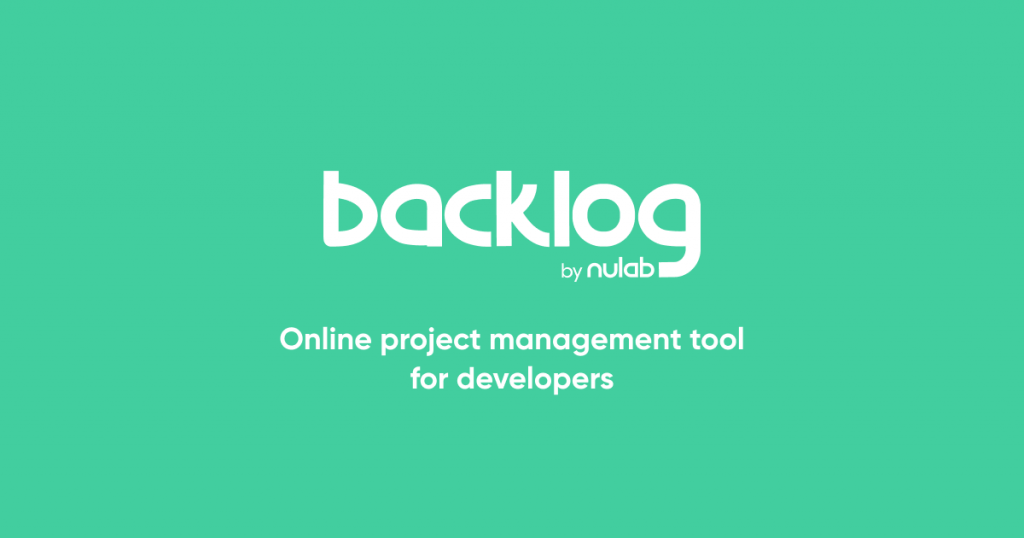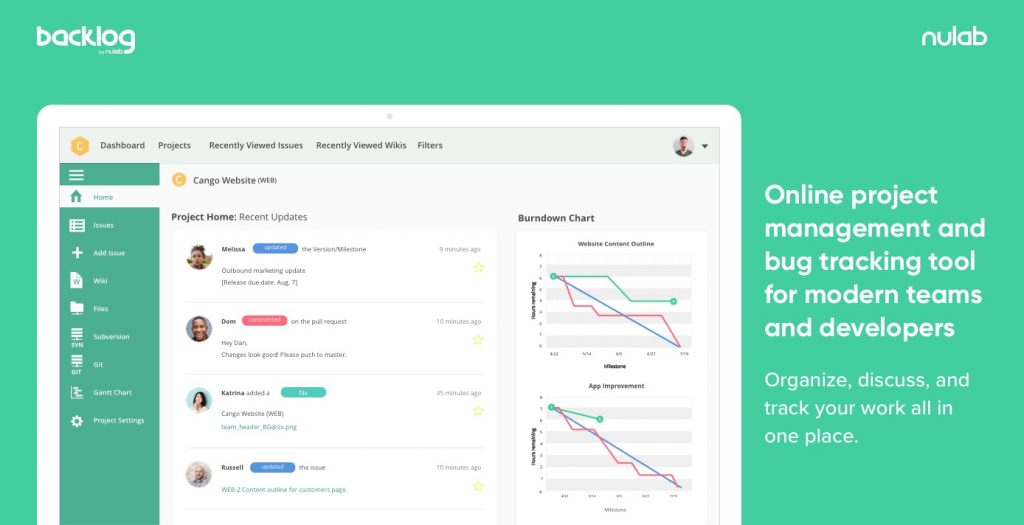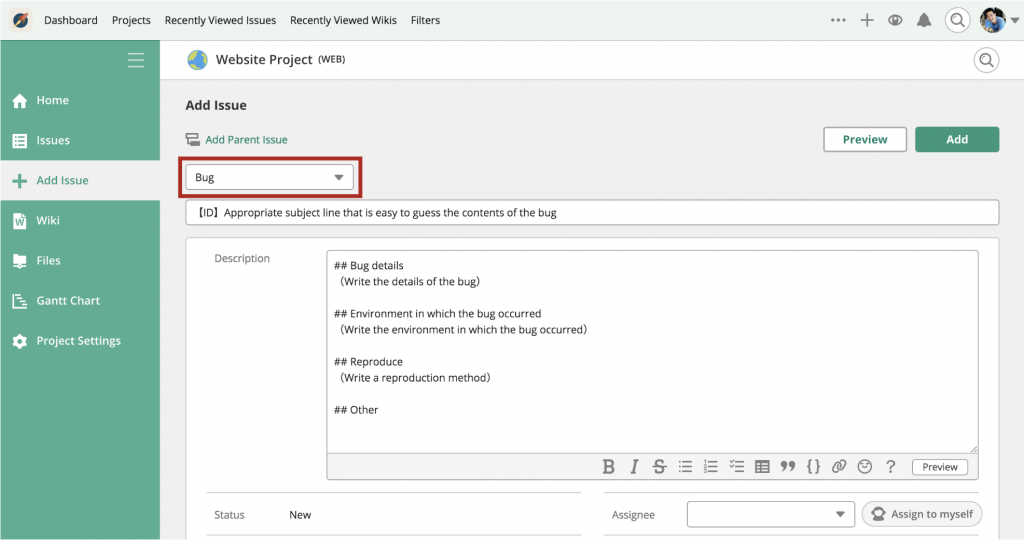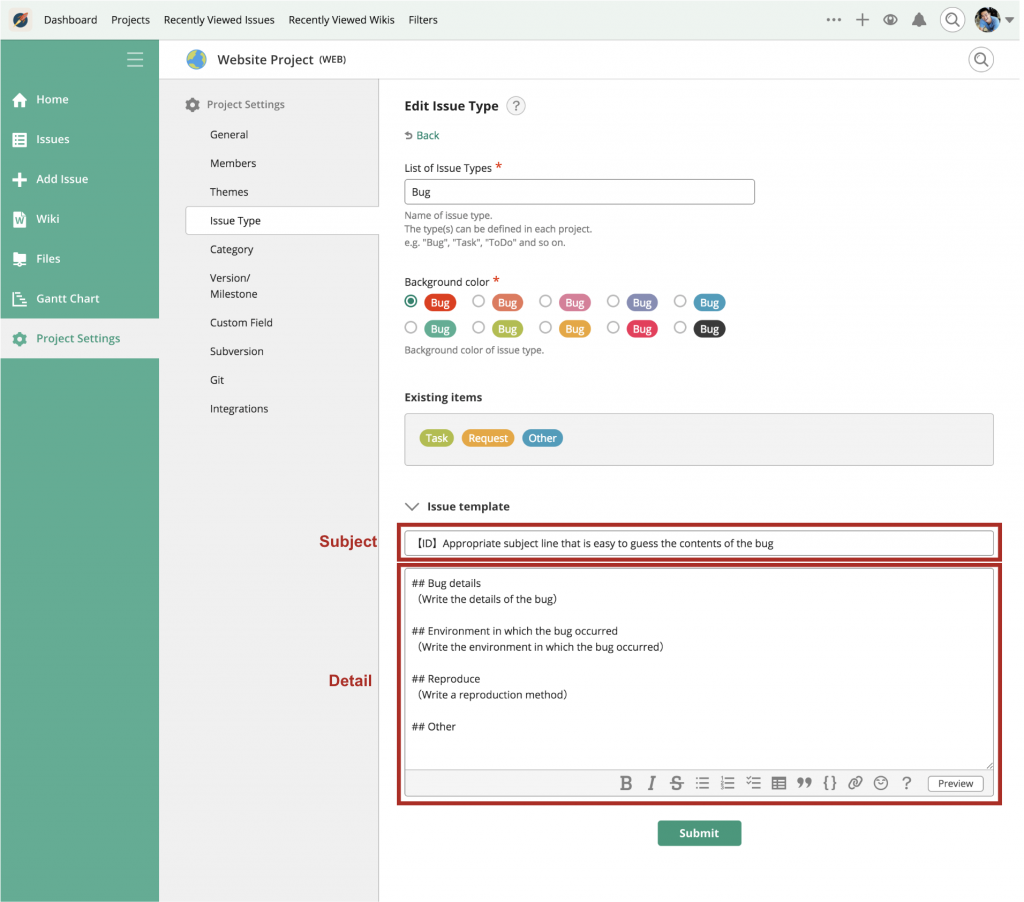Technology
Backlog: Overview And Analysis
Backlog is job management software exclusively designed for all the teams involved in applications development: Development, Marketing, Design, IT and Production. It is a cloud-hosted platform having an abysmal option.

What is Backlog?
Backlog is job management software exclusively designed for all the teams involved in applications development: Development, Marketing, Design, IT and Production. It is a cloud-hosted platform having an abysmal option. As An all-purpose job management alternative, Backlog intends to boost cooperation, coordination, and communication between programmers and non-technical staff members by caring for the vital facets –monitoring of projects, difficulty observation, and project direction. It empowers users to arrange tasks in 1 spot and delegate them to other groups. Tracking the total progress of a job across groups and sending of opinions are also made simpler. Gantt, Burndown graphs, and Git not just provide increased visibility of their jobs but also improve productivity with Gantt and Burndown mechanically generating progress reports which have all the details required to maintain project managers in addition to ongoing projects. Backlog Enables development teams to quickly monitor bugs or issues with every document being automatically directed to staff members equipped to manage a particular matter. Development team members are going to have the ability to collaborate to solve bugs with the capability to comment within every matter, where the staff members involved will be informed automatically. Programmers will have the ability to suggest changes to some code and commence a conversation on its own new attributes with their coworkers. Backlog can also be equipped with tools which assist customers organize and share job information, in addition to, facilitate project preparation.

Characteristics, Benefits, Product Strengths
Project management software provides customers a central workspace where they may see, prioritize, and talk about all project tasks. They are easily able to see what’s due today, which tasks are falling behind, and also what they need to work on next. Project advancement monitoring is possible through many viewpoints. Visualize and prioritize work easily with Gantt graphs, providing users a fast overview as well as drill-down abilities to task level. They can add comments and documents straight to tasks. Role-based access control allows for secure collaboration. Clients, vendors or contractors can be encouraged using guest function. Teams may collaborate on code with personal web-based Git and Subversion repositories. They could manage requests and branches, in addition to monitor changes with version management tools. It is able to manage even bigger files via a Git Big File Storage (Git LFS) extension. Each issue comes with a space for title, description, attachments, and custom fields that will help users specify bugs. In-issue commenting and concentrated telling enables easy cooperation and resolution. File sharing is simple and organized on a single stage. Collaboration on the move is possible with native iOS and Android apps.
Overview of Backlog Benefits
Even though tracking the progress of a project is among the chief features of Backlog, in addition, it hosts other functions and features that you can utilize to your entire benefit:
Task Management
Keep an organized project workflow by creating task hierarchy. The job monitoring software not only has the capacity of dividing jobs into principal tasks but also generating subtasks within a job. As Subtasks are assigned to staff members, so users can quickly track the development of their whole project. They may set deadlines and inform the staff members for any upgrades on their tasks. Through assistance from Gantt Charts, users will have the ability to observe the statuses of the tasks and task owners, all in one place.
Gantt and Burndown Charts
Require Total benefit of Gantt and Burndown graphs for tracking jobs with details such as completion dates, continuing tasks, and delegated team members readily available and reports by both graphs automatically generated.
Git
Development Team members can create their own repositories on Backlog utilizing Git. Role-Based Access Handle Users by enabling different access levels depending on the part of a consumer in a job, as well as create teams.
Quick and Organized Issue-Reporting
Users can report issues using web forms or setting up a unique email address for this function. After a report is delivered, a ticket will be automatically generated and assigned to team members committed to take care of the problem being reported.
Knowledge Sharing
Backlog lets you make wikis which are available to members. All these wikis can function as collaborative tools as users can use them to share information and arrange project details. Wikis can be downloaded and edited by group members. When there are changes made to wikis and if brand new project details are additional, notifications will be transmitted to the group members involved. Backlog also permits users to collaborate on their own codes. They are easily able to track all of the changes made to their code and review them. Users may add comments based on a code, inviting conversations among staff members. Hence, they will have the ability to maximize their code and release high-quality applications.
File Sharing
Maintain your project files in 1 location and easily attach them to comments to the assigned team members to access. There is also the option of uploading project files to folders specifically created to get a team, project, issue, etc.
Security
Maintain vital information protected by placing up IP limitations to manage and monitor workspace accessibility.
Cost-Effective
Backlog offers a selection of plans such as a free version for single projects and self-hosted business plan. The remaining plans can provide hosting for unlimited jobs with unlimited storage plus a 30-day free trial period and also option of monthly or yearly payment scheme.

Backlog supplies a premium pricing model. A Free plan comprises for up to ten users, 1 project and 100MB online storage. The Starter plan is priced at $35 a month, and includes for up to 30 users, 5 projects, and 1GB of storage space. Users can also pay annually that comes with a 16% discount. A free 30-day trial period is offered. Once in a trial, users can’t switch to a different plan until the trial period is finished. That includes many attributes important to development teams and other organization Teams. It will help arrange work, supply essential information visually, and allows all project participants to communicate fast and with less effort. Therefore, Jobs are completed effectively and delivered successfully.
Backlog Pricing
Backlog is offered in five pricing plans that can fit organizations and budgets of all sizes. Monthly and annual billing is available. Pick the latter, and you can enjoy a 16 percent discount.
- Free – No cost while you use it. Allows for 10 users, one project, and 100 MB of storage.
- Starter – $35 per month. Allows for 30 users, five projects, and 1 GB of storage.
- Standard – The most popular Backlog offering is $100 per month. It gives you unlimited users, 100 projects, 30 GB of storage, and Gantt charts.
- Premium – $175 per month. Unlimited users and projects, 100 GB of storage, Gantt charts, and custom fields.
- Enterprise – Offers a private server with unlimited projects and storage. You will have to contact Backlog for pricing.
It is worth noting that if you are on the fence yet want to give Backlog a spin to experience its features firsthand, you can begin a free 30-day trial for the Starter, Standard, and Premium plans.
Backlog Pros
We consider these to be some of Backlog Project Management’s biggest pros for developers:
- The Free version is surprisingly robust for those looking for a no-cost PM option.
- A wide variety of pricing plans to fit your needs, most of which are pretty affordable compared to other project management options on the market.
- User-friendly and intuitive for beginners who are not experienced with PM software, making extensive onboarding unnecessary.
- Gives you a quick overview of projects in a single glance via its centralized dashboard.
- A solid number of integrations with popular tools and software extend its functionality.
- Slack integration is remarkably seamless.
- Gantt charts are easy to use, customizable, and highly responsive.
- The mobile app works well for those on the go.
- Easy tracking of projects, bugs, and issues.
Backlog Cons
Here are some of Backlog’s biggest cons from a project management tool perspective:
- Some users have griped about limitations when creating different levels of tasks and subtasks and tracking the time spent on subtasks.
- Difficulty moving issues between projects.
- File size and storage limits may seem restricting to some.
Integrations
Backlog integrates with several third-party apps that help you extend the project management tool’s functionality even more. You can also use Backlog’s rich API to create your own integrations and add-ons.
Backlog integrates with the following third-party apps:
- Cacoo
- Email Importer
- Google Sheets Importer
- iCal Sync
- Jenkins
- Jira Importer
- LambdaTest
- Microsoft Teams
- Nulab Pass
- Redmine
- Slack
- Typetalk
- Webhook

Why Backlog
Backlog is a modern project management tool that contains many attributes important to development teams and other business Teams. It helps arrange work, supply essential information visually, and allows all project participants to communicate fast and with much less effort. Therefore, projects are completed effectively and delivered successfully.
